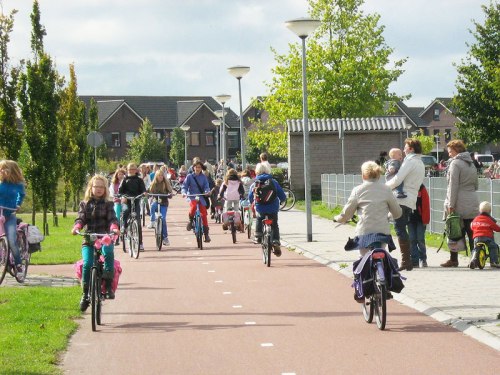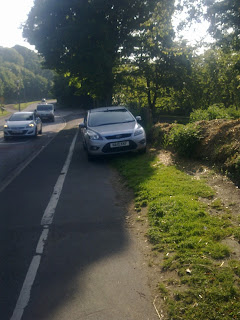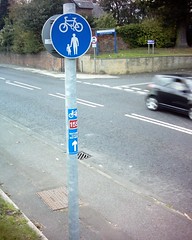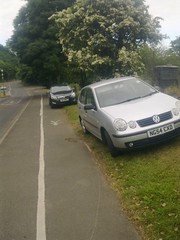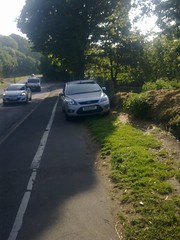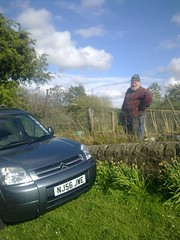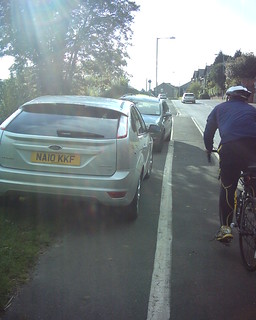Mayer Hillman, John Adams and John
Whitelegg's One
False Move: A Study of Children's Independent Mobility shows
reductions in child road deaths and serious injuries have been
achieved, in this country, not by rendering our streets and built
environments safer for the un-carred but by effectively barring
unaccompanied children from public spaces now surrendered to high
volumes of fast moving motorised traffic. Much as rates of child
death and serious injury from alligator wrestling have plummeted
since social attitudes hardened to the sport: nobody disputes that
'gator wrestling remains highly dangerous, it's just that kids aren't
licensed to participate any more.
Hillman et al published in 1990. Since
the seventies the Dutch and Danes, in showing how public space can be
configured safely to balance the needs of car users and the uncarred,
have been catalysts of an impetus, that now has global reach, towards
better designed built-environments that prioritise the pedestrian and the
cyclist and the public transport user.
So how has research and exemplary practice shaped Northumberland's 2013
initiative to promote child
safety on the roads now the nights are drawing in? Any major
infrastructural changes in the pipeline, or proposed extensions to
areas of 20mph limits, any investment? Anything structural to tame
motor traffic? Or even a campaign urging drivers to take additional
care when visibility is poor, perhaps, to drive within the speed
limit rather than treat it as a target speed, to drive
at a speed enabling them to stop within the distance they can see to
be clear, not to force pedestrians and cyclists onto the carriageway
by parking on pavements/cycle tracks, not to be updating their Facebook
page on a laptop open on the passenger seat when driving past school
gates disgorging pupils into the gloaming? None of these things.
It's the usual deck-the-soft-targets-in-reflectives solution. Rather
than urging car users to volunteer the utmost care and
attention to those they otherwise imperil, children – we all - must
wrest attention from them with fluorescent clothing: our communities
as construction sites.
My untutored layman's understanding
suggests one principle enshrined in Child Protection legislation is
that the adult in any given interaction has responsibility for the
child. Put the adult in a car and the polarity shifts, the responsibility is now the child's to militate the threat
posed to her by the behaviour of the adult. Something's wrong here.
Bio-engineering may be the way forward.
It's been done with puppies. Splicing genetic material from
bio-luminescent marine creatures into the DNA of future generations
will see glowing people co-existing safely with motorised
traffic. There'd be an additional benefit to this genetic tweaking: when the lights go out with the impending end of the century-long cheap oil orgy, people will still be able to read after dark by the light of their own fluorescence.
This has depressed me. Let's finish
with an up-beat song.
